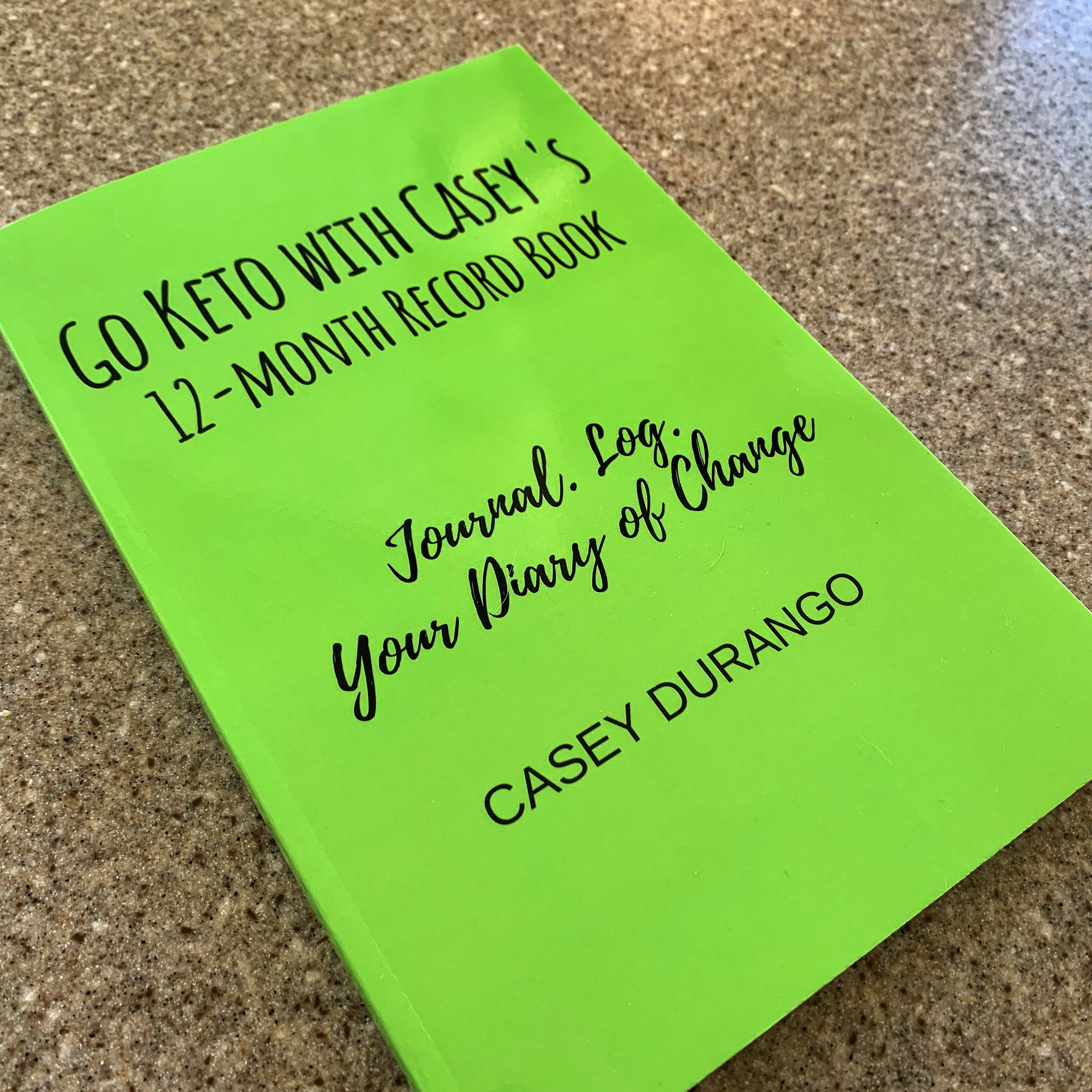So, What Do We Eat Around Our House?
/Weight Loss Fluctuations (5.12.2025 to 5.18.2025)
If you've ever lost a bit of weight or your clothes are hanging looser, and if others noticed, they may ask, "Are you on a diet? Which one? What can you eat? Do you have instructions for it? Let me in on it. What's the secret? Tell me what to do!"
It's understandable. Over the last two or three generations, we've lost what most of the previous several thousand knew. For millennia, the question wasn't what to eat or what time to eat. The pressing matter was how to get to whatever there might be to eat. We've lost our instincts about one of the fundamental human needs: fueling our bodies. Worse, we've abdicated intuition in exchange for instructions. We're left needing our eating options spoon-fed to us. There were no food pyramids, no meal delivery services, and no magazine articles on how to lose twenty pounds in a month when our great-great-grandparents were alive. Hell, there weren't even bathroom scales around until the 1920s. No, our forebears were busy surviving and begetting the next crop of begetters. They didn't need to be told what hunger is or to eat only within a timed 'feeding window.' One imagines that they would have confused looks on their faces if presented with such things.
But we are products of our time, so here we are, needing clear instructions on our food choices, sometimes wanting to told portion sizes down to the teaspoon. It's easy to get lost in the minutiae, thereby missing the big picture. The specific foods are easy to learn. It's the volume of consumption that needs attention. Lifelong habits, not to mention instructions and recommendations from countless sources, can muddle our relationship with food. So, questions asking which foods, how much, and when to eat abound. I get those questions and generally respond that keeping carbohydrate intake to 20 grams or fewer a day, not eating if not hungry, and stopping when you've had enough does the trick.
Around our home, My Lovely Mate and I have long since learned what foods we like and suit us. What has changed over time is the amount of those foods we eat. We're observant of our hunger cues and eat lovely cuts of meat, poultry, fish, seafood, and sometimes some vegetables. He likes mixed nuts. (I like them, too, but they're easy to over-eat, so I tend to avoid them.) He eats more vegetables than I, and I often pass on the evening dish while he thoroughly enjoys it. Things are not the same for us every day. And that's okay because part of the diet requires listening to hunger and satiety, which can vary.
Today could be different for us both than last Wednesday, which is different from two years ago. Following the tenets of the ketogenic protocol, as I learned it and continue to follow, is that laying off carbs is key. But equally vital is not eating if you're not hungry and stopping when you've had enough. Since these physical signals are unique to the individual and can change over time, I don't share specifics of our daily fare. Laying out meal plans, weekly schedules, advocating for regimented portions, etc., might lead one to believe that following such recommendations, based on my situation, would bring them the same result. That would be the opposite of listening to one's body and would rather be to substitute another person's. And doing that has led us to believe that just sticking to Weight Watchers points, or paying Jenny Craig to send us what they think we should eat, or even following the ketogenic diet, but doing so based on what so-called influencers eat in a day, has generally resulted in frustration.
We're all different. We aren't widgets off an assembly line.
I'm me and I'm my age. I'm at a stage of life that may be very different from yours. My body composition, short stature, general health, and other factors result in my nutrition needs being just that: my needs. And those requirements are different to my husband's. And he and I both require less than we did when we started eating this way.
Why?
We're old, if you must know. We're still youthful, but it's been eleven years, and the two of us pounding back twelve-ounce ribeyes has morphed into My Lovely Mate eating half of one and me eating none. We've arrived at our current eating choices because we've nailed listening to our bodies, not to other people's.
What do we eat around here? We enjoy fatty sources of protein, limited amounts of non-starchy vegetables, and limited amounts of full-fat dairy. It's pretty straightforward. And keeping things this simple makes life ... simpler.
And as always, if I can do this, you can do this. I promise.
Disclaimer: I’m not a medical doctor, researcher, or Ph.D., but instead, I’ve been fortunate to have had the time and resources to research the ketogenic diet, also known as LCHF (low carb/high fat). The information I share is based solely on my understanding of that research. We are all responsible for our own choices, including what we put in our mouths, and there’s no substitute for each of us checking things out ourselves. And I’m not a medical professional in any way. Go Keto With Casey is not a medical site. “Duh,” you might say. But best to make it clear to all. I welcome questions, comments, and even civil criticism. I’m still learning. So, if you have something to add, go for it. Links in this post and all others may direct you to affiliate links, where I will receive a small amount of the purchase price of any items you buy through those links. Thanks!







